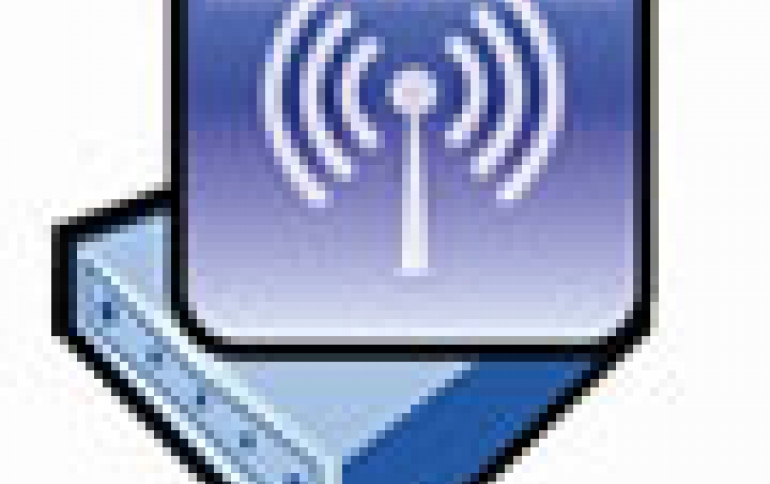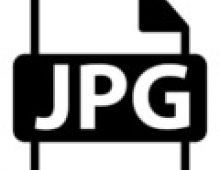
ECMA Standard Allows Multi-gigabit Wireless Applications
ECMA has finalized a standard for short range wireless commucations using the 60 GHz frequency. The standard could be used for streaming of uncompressed high definition video.
Among the first implementation of the ECMA TC48 standard is the Georgia Electronic Design Center (GEDC) single-chip 60 GHz CMOS radio. The chip consumes less than 100 milliwatts, combines an embedded antenna array, 60 GHz font-end and multi-gigabit baseband signal processing into a standard QFN package.
The chip was a key element in the demonstrations in ISO/IEC networking plenary in early November. The 60 GHz radio transferred 200 Mega byte sized data and image files - literally in less than a second - whereas up to now other wireless technologies took minutes. The same 60 GHz radios demonstrated High Definition uncompressed video streaming (also known as 720p/1080i) at multi-Gigabit data rates.
Ecma members, including GEDC, ETRI and Philips, demonstrated the prototypes showing multi-Gigabit per second file transfer and 1080i uncompressed HD video streaming in Montreux.
Ecma International finalised their standard for 60 GHz short range unlicensed communications. The standard provides high rate wireless personal area network (including point-to-point) transport for bulk data transfer and multimedia streaming. The standard can be applied for video streaming and WPAN applications in 10-meter range . It uses high gain trainable antennas, and it is able to offer transfer rates of up to 6.4Gbps. Consult this whitepaper for its main features.
The Ecma International members General Assembly is planning to approve the 60 GHz standard for publication and for subsequent submission for fast-track balloting by ISO and IEC members on 4 December 2009.
"The combination of a very low power multi-gigabit 60 GHz CMOS wireless solution and the enormous unlicensed bandwidth makes the imminent application of 60 GHz technology in the consumer electronic marketplace possible. It enables a whole range of new consumer and business applications at the intersection of gaming and connectivity" said Dr. Joy Laskar, Director of the Georgia Electronic Design Center.
"Small and large industry members along-side with leading academia institutes from Asia, Europe and the US are actively developing this technology is a promising sign for global application," said Onno Elzinga, Ecma International's CTO.
The chip was a key element in the demonstrations in ISO/IEC networking plenary in early November. The 60 GHz radio transferred 200 Mega byte sized data and image files - literally in less than a second - whereas up to now other wireless technologies took minutes. The same 60 GHz radios demonstrated High Definition uncompressed video streaming (also known as 720p/1080i) at multi-Gigabit data rates.
Ecma members, including GEDC, ETRI and Philips, demonstrated the prototypes showing multi-Gigabit per second file transfer and 1080i uncompressed HD video streaming in Montreux.
Ecma International finalised their standard for 60 GHz short range unlicensed communications. The standard provides high rate wireless personal area network (including point-to-point) transport for bulk data transfer and multimedia streaming. The standard can be applied for video streaming and WPAN applications in 10-meter range . It uses high gain trainable antennas, and it is able to offer transfer rates of up to 6.4Gbps. Consult this whitepaper for its main features.
The Ecma International members General Assembly is planning to approve the 60 GHz standard for publication and for subsequent submission for fast-track balloting by ISO and IEC members on 4 December 2009.
"The combination of a very low power multi-gigabit 60 GHz CMOS wireless solution and the enormous unlicensed bandwidth makes the imminent application of 60 GHz technology in the consumer electronic marketplace possible. It enables a whole range of new consumer and business applications at the intersection of gaming and connectivity" said Dr. Joy Laskar, Director of the Georgia Electronic Design Center.
"Small and large industry members along-side with leading academia institutes from Asia, Europe and the US are actively developing this technology is a promising sign for global application," said Onno Elzinga, Ecma International's CTO.




















